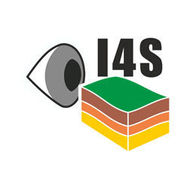Translation of SERS sensing to real-world settings through the combination with shifted-excitation Raman difference spectroscopy (SERDS) (2021.0)
Strobbia P., Cupil-Garcia V., Odion R., Crawford B., Wang H., Liu Y., Maiwald M., Sumpf B., Vo-Dinh T.
Online Only: https://doi.org/10.1117/12.2583914, Society of Photo-Optical Instrumentation Engineers (SPIE) (SPIE BiOS),
Abstract
Surface-enhanced Raman scattering (SERS) is emerging as an alternative non-invasive detection method in many applications. We recently show the use of SERS nanoprobes to detect tumors in vivo in mice, as well as the use of SERS sensors in vivo in plants for the detection of mIRNA. In spite of these advancements, the translation of SERS to real-world settings has been limited due to issues with observing Raman signal over complex background. For example, it remains challenging to observe SERS under sunlight or under strong illumination (e.g., operating room), using a conventional Raman setup. To this end, we combined a Raman setup with a newly developed dual-wavelength laser to perform shifted-excitation Raman difference spectroscopy (SERDS). Using SERDS, we demonstrate that the use of SERS sensors to detect miRNA in live plants inside a growth chamber, under full illumination. Additionally, we show that SERDS can be used to accurately identify tumors in mice, under ambient light. In both these applications, we demonstrate that the combination of SERS with SERDS improves the sensitivity and accuracy. This work will aid the translation of Raman and SERS to real-world settings.
